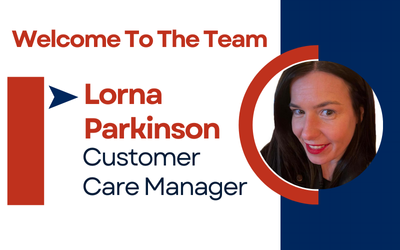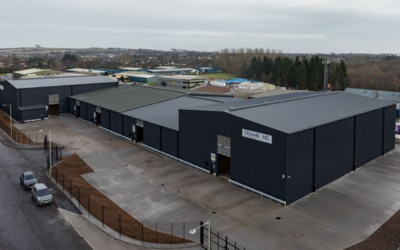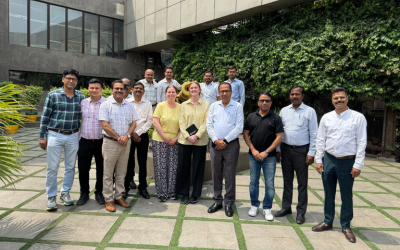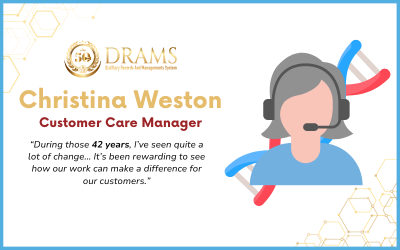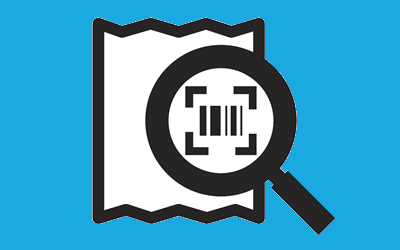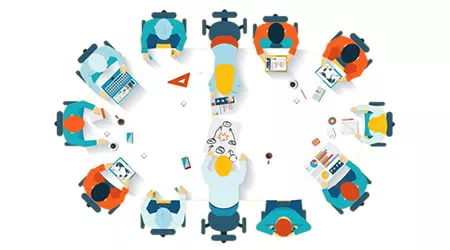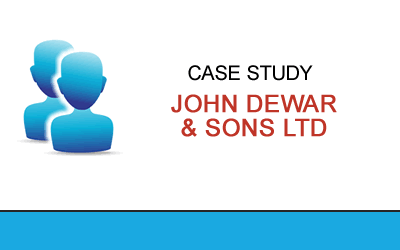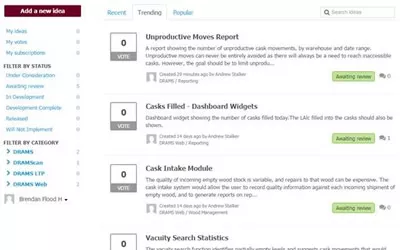When it comes to technology solutions for managing stocks of maturing spirits, warehouse managers are faced with two basic choices: they can either outsource development to a software supplier that specialises in these sorts of solutions, or they can develop one in house.
The latter approach here can be tempting, since it might seem – on the surface at least – to be a cheaper option. However, in our experience we have found that this can actually prove to be counter intuitive. It is critically important, therefore, that you are aware of the following hidden costs associated with in-house development…
1. Lack of in-house expertise
Anyone familiar with software development will understand what a complex, difficult and complicated process it is. Indeed, our own experience suggests quality software and IT tools must be built and developed by software engineers and experts who have the expertise to create sophisticated software capable of handling all the tasks you require.
Unfortunately, however, finding these in-house experts can often be like finding needles in a haystack. As a detailed case study from The Scotch Whisky Association noted, just 10% of employees within the Scottish Whisky industry are involved in engineering or technical roles . Considering this includes electricians as well as professional IT staff and software engineers, it’s clear that software and technology experts are in the minority, which presents a very real risk for your company if you plan on going down the in-house road. Even if you are able to bring in a development team with a reasonable level of experience, can you be sure they are capable of translating business need into system requirements?
Unfortunately, a lack of internal expertise can increase the risk of bugs and glitches in the system – which increases inefficiencies in your warehouse management processes. And it can also force you into bringing in expensive consultants who lack familiarity with your business. So, rather than making cost savings the process can actually become expensive, while also having a detrimental business impact.
2. Lack of extendibility
Because technology is constantly evolving, it is crucial that the software used to help you manage your warehouse stocks can adapt to take advantage of those changes. However, in our experience we have found that this can be an area where in-house software development often struggles.
This lack of extendibility presents warehouse management with key problems when in-house software has to change rapidly to meet the changing needs of the business. Just think of the challenges faced by John Dewar and Sons Ltd. The company had been using an in-house system for years; however, when Bacardi chose to implement a new ERP system, they had a choice to make: invest in their existing bulk stock control system so that it could interface to SAP or in new technology developed by a software specialist. Their existing system was built on a legacy platform that was specific to their own whisky operation, and was also nearing the end of its working life. The company recognised the advantages of investing in new technology that would not only match existing functionality, but also be able to handle bulk stocks of other maturing spirits (such as rum and tequila) at Bacardi production sites worldwide. With this in mind, JDSL found the best solution was to replace the in-house system with Trapeze’s off-the-shelf DRAMS system.
Part of the risk inherently connected to software developed in-house is that, if you are unable to upgrade or update it, you can quickly find the system becomes defunct and obsolete. This then requires expensive system overhaul – which again negates the initial hope that using an in-house system can be more cost effective than outsourcing.
Outsourced solutions – like DRAMS – are protected against obsolescence by continued product development carried out by expert software engineers. This means that, as technology advances, your business will automatically receive any upgrade or update needed to ensure your software solution remains at the cutting edge of business and industry development.
3. Higher staff costs
Once an in-house system has been built, managers often find that it is a much heavier financial drain than originally planned. Much of this comes down to costs associated with the in-house development team needed to build and support the system.
This isn’t just about the salary costs of hiring the IT personnel needed to support the system. Although, as this Business Insider article notes, “it is better to outsource [software development] either locally or remotely, than to hire employees, manage them, pay benefits, and maybe have to lay them off later.”
Because beyond salary expenses, there is a time cost associated here, too, since it is far more time consuming to develop an in-house system as opposed to buying it. And this cost continues after a system has been implemented – with necessary in-house development and maintenance often taking far longer than it would take for these services to be managed by a third-party software supplier.
These development costs don’t just take up staff time – they also take up money, too, since there are various processes involved, such as analysing requirements, programming, designing, and testing that all have associated high costs.
Unfortunately, such heavy investment is unlikely to be recouped by selling the system – since they are usually too tightly built into the identity of a specific site or company, that they cannot then be sold to another organisation.
This again highlights the potential risk that in-house software can actually cost organisations more than it saves them. Fortunately, however, software suppliers take care of these staff and long-term costs, which means you don’t have to.
4. Don’t forget the skills gap
Some of the limitations of in-house systems that we’ve discussed – such as a lack of scalability – can be covered over if you have a really great internal developer working behind the scenes. But what happens when they leave? As with any industry, people move on or retire; but if you’re building a business-critical system with internal resource, the system must be accessible for as long as the product is required – and not just as long as the developer is with your company.
Because in-house systems are often developed without the same documentation, user manuals and guides that off-the-shelf products are, new users or developers looking to take over control of the system can be at a total loss as to how the system works, and how to maintain it effectively.
A further downside here is that trying to entice new employees or developers into these vacant positions can be more difficult, because potential new staff may be deterred by the significant challenges facing them in trying to manage a potentially obsolete, out-of-date system.
Furthermore, as this Telegraph article notes, the UK is currently facing a severe skills shortage, which means the pool of talent from which to draw from is smaller – with potential skilled employees able to be more selective in choosing a role that suits them.
The skills gap therefore presents a very real risk to warehouses and distilleries placing faith in their in-house system – and if it isn’t taken into account, your business can potentially be left with a system in place that nobody else can use or maintain.
Of course, external, dedicated software suppliers have numerous IT experts and developers on their books. And these professionals will also train and attract new employees, which creates a streamlined workforce cycle that plugs the skills gap.
5. Narrow scope and lack of functionality
The movement and storage of maturing spirit inventory faces a number of unique challenges which in-house developed packages are often unable to address simultaneously.
Part of the problem is that it is, simply, very challenging to create a software tool that meets all requirements – and therefore only has narrow functionality. As this article points out, the issue here is that developing a system that meets demands is incredibly hard, because it’s difficult to identify what the system actually needs to do when first starting development.
To highlight this – studies have shown that the average software project experiences about a 25% change in requirements, due to “scope creep”. This means that pursuing software development in-house often creates products that do not quite suit actual requirements.
Working with an external supplier, however, avoids this problem. Trapeze’s DRAMS team are vastly experienced in creating software solutions for spirit stock and distillery management – and have provided systems for both small independent distilleries, and large multi-nationals. This means the software is guaranteed to have a wide scope and embedded functionality – and will meet your business requirements at the first time of asking.
Conclusion
While it can be tempting to develop in-house solutions, our experience shows that such developments actually work out far more expensive than anticipated – because of these ‘hidden costs’ noted above. We therefore strongly recommend working with an experienced, specialised supplier.
Working with external software suppliers avoids the pitfalls of losing developers, while also offering extensive scalability, long-term safety and support, as well as clear documentation and training that ensures new users are able to work with the system effectively. Rather than be thought of as an added cost, choosing to invest in the right software system can actually help you make long-term savings – and, importantly, avoids the number of associated costs of in-house systems.
What is more, the DRAMS team benefit from 20 years of expertise and knowledge working within the industry, constantly helping systems evolve based on industry trends and client’s feedback – ensuring solutions are consistently kept up-to-date, and helping you optimise your processes.
Of course, it’s critical to work with a supplier you know you can trust to provide you with a solution that fits in perfectly with your business. This is obviously an important decision – but, fortunately, we’ve got this covered, too. Read our ‘5 questions to ask potential suppliers’ article here, to make sure you choose the best supplier for your organisation.





